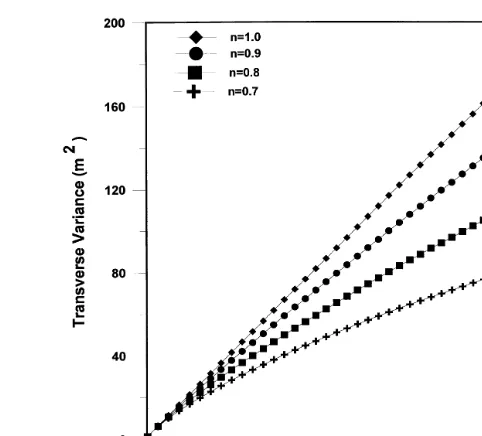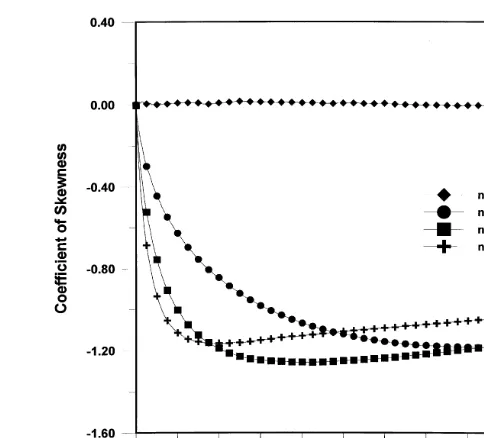Directory UMM :Data Elmu:jurnal:A:Advances In Water Resources:Vol21.Issue7.1998:
Teks penuh
Gambar
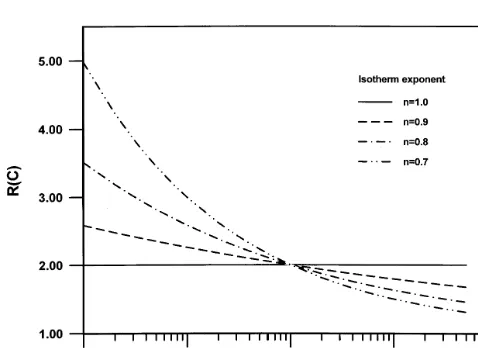

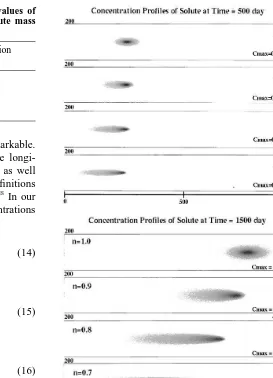
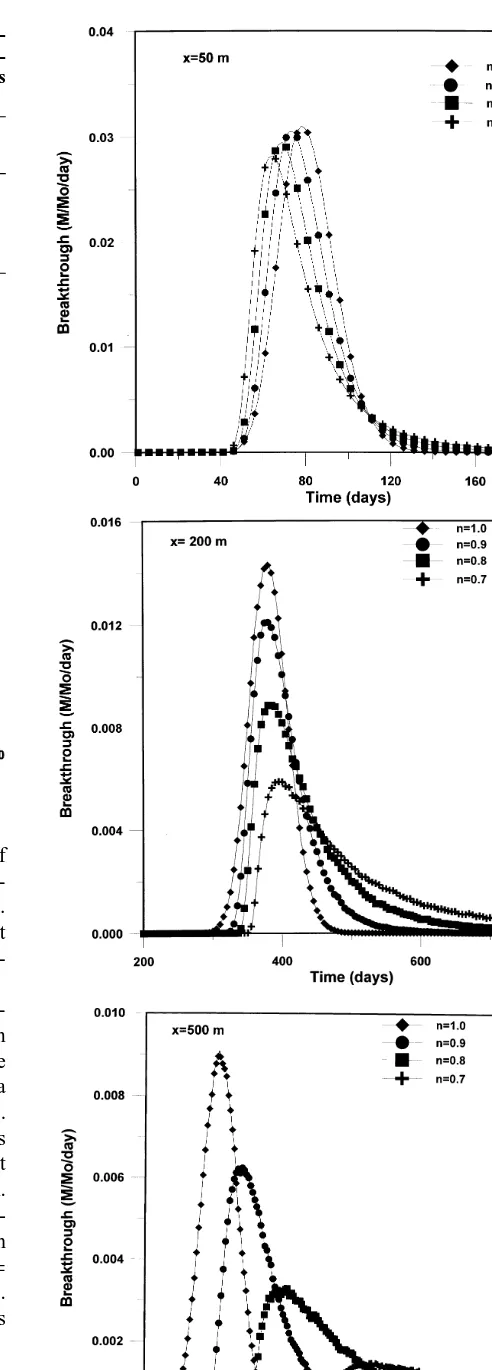
Dokumen terkait
The two approaches are presented and the in¯uence of NAPL volume fraction and the orientation of the average velocity ®eld are studied in terms of the P eclet number for simple
In this work, we seek to compare the current model predictions for three-phase relative permeabilities in weakly wetted mixed-wet and fractionally wet systems on: (i) the possible
We have also used this model [14] in two and three dimensions to study the eects of ¯ow rate, contact angle and initial wetting phase saturation on imbibition relative permeability
The use of line elements allows the inclusion of well bore storage eects, and also avoids the need of a second iteration step during the solution of the nonlinear ¯ow equation
In this paper, a variational data assimilation procedure for initialization of a cloud model using radar re¯ectivity and radial velocity observations and its impact on short
However, in unsteady ¯ow, with signi®cant temporal variations in the velocity ®eld in both magni- tude and direction, the element-based algorithm pro- duces large tracking errors with
The fact that dependent variables of groundwater models are generally nonlinear functions of model parameters is shown to be a potentially signi®cant factor in calculating
Again, since each conditional realization of f and h fields, derived from Approach II, satisfies the governing flow equation, these realizations yield mass-conservative velocity
